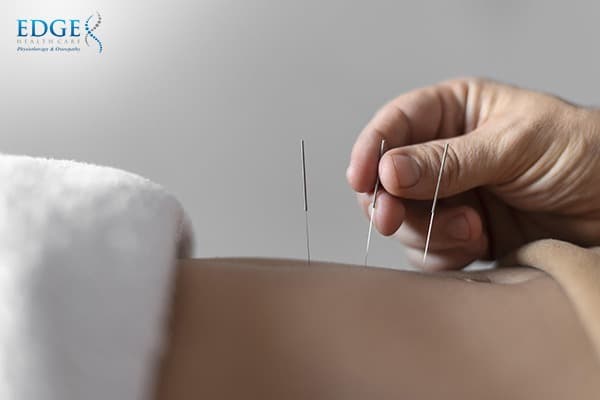
Whether it’s pain in your joints, muscles, tendons or ligaments, musculoskeletal pain is an uncomfortable experience most Singaporeans will experience at some point in their lives.
They can be caused by injuries during exercise, overuse of a specific body part, or by diseases. Some examples of musculoskeletal injuries include familiar injuries such as sprains and fractures, along with conditions like arthritis, back pain and scoliosis.
The recommended treatment for each one is different and specific. Physical therapy plays a big part in treatment and recovery as well as other professions such as your doctor.
Physiotherapy for musculoskeletal problems
Physiotherapy is a simple but powerful tool in the healthcare field. On the surface it consists of repetitive movements, exercises, and manual therapy. In reality it’s a constantly evolving field embracing many different branches of medicine.
Many musculoskeletal problems have their roots in weakness or injury to a specific body part. A physiotherapist in Singapore works by strengthening affected areas, relieving tension, and improving your biomechanics to increase mobility and function.

Strengthening affected areas
Weak muscles put more pressure on the surrounding joints and soft tissues. Injuries to these areas can be severe and take longer to heal, increasing the importance of physical therapy. Exercises that strengthen specific areas of weakness are an important recovery step for many patients. They help improve function and quality of movement, reduce risk of future injury, and prevent muscle atrophy due to periods of immobility following surgery or rest.
Physiotherapists are well-trained on the different parts of the body and exercise variations that will help strengthen muscles in a safe yet effective manner. This is especially useful for patients with other disabilities or mobility issues and ensures that physiotherapists are equipped to help a wide range of patients.

Relieving tension
Muscles are fibres that run up and down your body and contract and relax to allow movement. For a number of reasons, these muscles can contract and tighten up, causing pain, discomfort, and tension anywhere in our body.
Physiotherapists combat muscle tension in a number of ways. The most common is massage therapy which involves a number of manual therapy techniques to provide relieving pressure to the affected area. The massage allows muscles to move more freely and increases blood flow.
Another method to relieve tension and reduce pain is dry needling. Physiotherapists in Singapore use dry needling as an alternative to massage therapy to relax soft tissues. By inserting needles into areas of tension, the soft tissues react to reduce inflammation in the area and improve circulation. While it cannot alone replace traditional physiotherapy methods, it can be a useful component of recovery from musculoskeletal problems.
Improving biomechanics
Education is also a big part of physiotherapy. Often, improper movement or posture are at the roots of chronic musculoskeletal conditions. Athletes may not be utilising the right movement techniques and putting themselves at the risk of injury. Patients with back issues might not be practicing good posture and putting unnecessary stress on their spine.
Physiotherapists can help by lending their expertise to patients to correct these problems and improve their biomechanics. They can also prescribe daily exercises to help patients correct imbalances in strength and practice proper techniques.
Physiotherapy is, in many cases, the best form of therapy for your musculoskeletal problems. It’s gentle, safe, and proven to be effective for a wide range of problems. Physiotherapists in Singapore are educated and highly trained to spot underlying problems with your movement and posture and provide you with the right methods to help.
Looking for a physiotherapy clinic near you for your musculoskeletal problems? Contact us today to find out more about our locations and learn about the services we provide.

